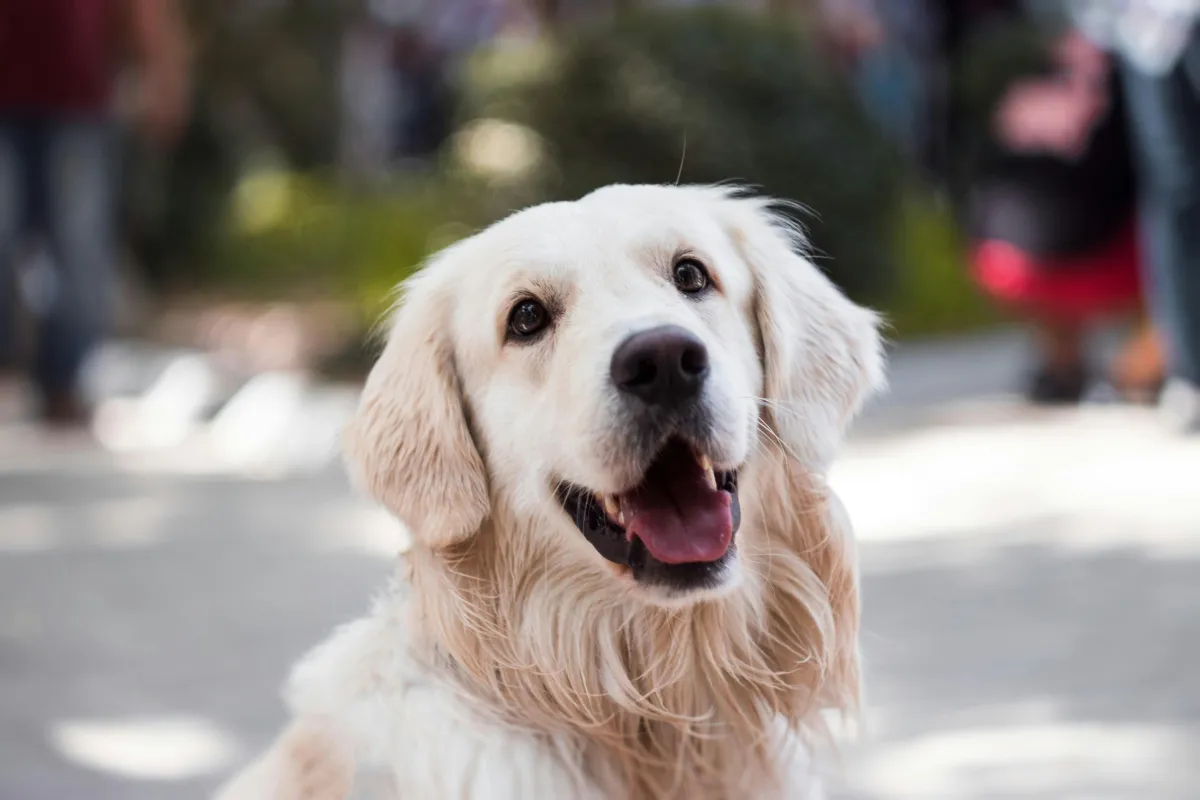
How Dogs Communicate with Body Language
Dogs don’t talk like we do. Instead, they rely on a rich and complex system of body language to express everything from excitement and curiosity to fear and frustration. Learning to read these signals is like unlocking a secret code that helps you understand your dog’s feelings and needs. When you grasp this silent language, you build trust, prevent misunderstandings, and create a stronger bond with your furry companion. This article dives deep into the ways dogs communicate without words, so you can listen with your eyes and respond with confidence.
How Dogs Communicate with Body Language
The Basics of Canine Body Language
The Basics of Canine Body Language
Dogs evolved alongside humans, but their communication remains rooted in instinct. Body language is their primary way of interacting with the world. Unlike human speech, which is linear and explicit, canine body signals are fluid and often subtle. Each gesture or posture gains meaning from the context, the situation, the environment, and the dog’s history all influence interpretation.
It’s also important to remember body language rarely stands alone. Dogs combine posture, facial expressions, vocalizations, and even scent signals to convey complex messages. Your job is to read the whole picture, not just one piece. By tuning in to these cues, you become fluent in canine communication.
Tail Language
One of the most noticeable ways dogs express themselves is through their tails. But tail signals can be surprisingly nuanced.
Wagging Tails: A wag usually means happiness, but not always. A loose, wide wag signals friendliness and excitement. A rapid, stiff wag paired with a tense body can indicate agitation or anxiety.
Tail Held High: This position suggests confidence or alertness. The dog is aware and possibly asserting dominance or guarding territory.
Tail Tucked Under: A classic sign of fear, submission, or stress. Your dog might tuck their tail to make themselves look smaller or to avoid confrontation.
Breed and Individual Differences: Keep in mind that some breeds have naturally curled tails or carry them differently, so watch how your dog typically behaves.
Watching tail movements alone doesn’t tell the whole story; always consider what else your dog’s body is saying.
Ear Position and Movement
Ears may seem small, but they communicate volumes about how your dog feels.
Ears Up and Forward: This usually means your dog is alert, curious, or confident. They’re paying close attention to something.
Ears Flattened Back: Often a sign of fear, submission, or nervousness. Sometimes, dogs lay their ears back to avoid conflict or show they mean no harm.
Ear Twitching or Rotating: Dogs sometimes adjust their ears to pinpoint sounds or express uncertainty.
Breed Variations: Dogs with floppy ears might show subtle differences compared to those with erect ears, but the overall signals are similar.
Listening with your eyes to your dog’s ears helps you understand when they are relaxed or on edge.
Eye Contact and Eye Movement
Your dog’s eyes reveal a lot but they don’t always mean what humans expect.
Direct Eye Contact: In dogs, staring can be a challenge or a sign of dominance. A calm dog might hold gentle eye contact, but a hard stare can signal tension.
Soft, Relaxed Eyes: When your dog’s eyes are half-closed or blinking slowly, they feel calm and safe.
Wide, Staring Eyes: Dilated pupils and a fixed stare can mean fear, excitement, or aggression.
Whale Eye: When you see the whites of your dog’s eyes, it often means discomfort or stress.
Blinking and Squinting: These are calming signals dogs use to defuse tense situations or express uncertainty.
Understanding these eye signals helps you know when to give your dog space or when they want interaction.
Mouth and Facial Expressions

Your dog’s face carries important messages beyond barks and whines.
Relaxed Mouth: A slightly open mouth with loose lips means your dog is calm and content.
Tense Mouth: Closed lips or tightly pulled-back lips can show anxiety or discomfort.
Lip Licking and Yawning: Both are classic calming signals. Your dog might do these when they feel stressed or need to calm themselves and others.
Showing Teeth: This doesn’t always mean aggression. A “fear grimace” is a defensive gesture showing discomfort rather than a threat.
Play Bow and Open-Mouth “Smile”: Dogs invite play by lowering their front legs and opening their mouths in a relaxed “smile.” It’s an unmistakable sign of friendly intentions.
Sniffing and Licking: Dogs use these to gather information and communicate friendliness or submission.
Reading these facial cues alongside body posture paints a clearer picture of your dog’s emotional state.
Body Posture
Your dog’s whole body tells a story about how they feel and what they want.
Relaxed Posture: Loose muscles, wagging tail, and easy movements indicate comfort and happiness.
Stiff or Rigid Stance: This usually signals alertness, tension, or possible aggression. It’s a warning to approach carefully.
Cowering or Crouching: Makes the dog look smaller, a sign of fear or submission.
Leaning Forward or Standing Tall: Confidence or sometimes a challenge to another dog or person.
Playful Postures: Loose, exaggerated movements and play bows show your dog wants to interact and have fun.
Stress or Discomfort: Shaking, pacing, or freezing are signs your dog is overwhelmed or anxious.
The context matters here; a stiff stance on a leash during a walk means something different than the same stance during playtime.
Stress and Discomfort Signals
Dogs use subtle signs to let you know they feel uneasy long before problems arise.
Yawning and Lip Licking: Not always because they’re tired or hungry, often these are signs of nervousness.
Paw Lifting: A sign that your dog is unsure or hesitant.
Avoidance Behaviors: Turning their head away or sniffing the ground to signal they want to avoid conflict.
Panting Without Heat: Can be a stress indicator, especially if your dog isn’t hot or exercised.
Recognizing these early helps you prevent escalation to aggressive or fearful behaviors.
Social Signals: How Dogs Communicate with Each Other
When dogs meet, they engage in a delicate dance of body language to greet, play, or establish boundaries.
Greeting Behaviors: Sniffing each other’s faces and rear ends, gentle body leans, and wagging tails say “hello.”
Dominance and Submission Signals: Rolling over, avoiding eye contact, or raising hackles communicate social status.
Play Signals: Play bows and exaggerated movements invite interaction.
Conflict Avoidance: Dogs may yawn, lick their lips, or back away to prevent fights.
Reading These Signals: Humans can learn to recognize and manage these behaviors to keep dog interactions safe and positive.
Wrapping Up
Your dog’s body language is a powerful tool for connection. By learning to read these silent signals, you not only keep your dog safe but also deepen the joy of companionship. Dogs speak with their bodies, and when you listen carefully, you build trust and respect that lasts a lifetime. Start paying attention today, your dog will thank you with every wag, blink, and playful bow.

